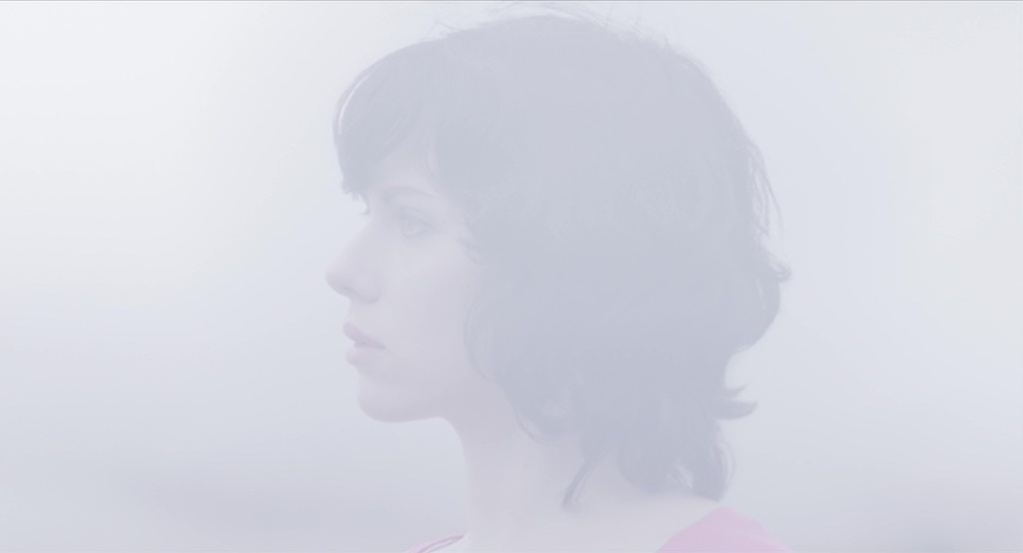The Flesh is Weak. Empathy and Becoming Human in Jonathan Glazer's "Under the Skin"
DOI:
https://doi.org/10.58519/aesthinv.v3i2.11943Keywords:
Jonathan Glazer, under the skin, mask, sacred, cinema, theoryAbstract
Jonathan Glazer’s 2013 film Under the Skin offers an unsettling meditation on humanness through the eyes of an alien predator. This essay reflects on Glazer’s film by drawing it into conversation with the later phenomenology of Maurice Merleau-Ponty, with Heidegger, Martin Buber, and with a number of earlier Greek thinkers who together point us towards a more complex and shared definition of ‘contemplation’ or theory. The paper asks: do films watch us as much as we watch films?
Through an exploration of the notion of the mask as a means both of disguise and of disclosure, the paper questions to what extent all human relations are masked, screened. So, Glazer’s film can be viewed as an exercise in re-imagining the role of the screen, turning us from viewers to viewed. This implication of the audience in the film’s scope leads to a concluding focus on empathy as the essential sharedness of human (and therefore of cinematic) experience.
Downloads
References
Buber, Martin. 2013. I and Thou. Bloomsbury Revelations Series. Translated by Roger Gregor Smith. London: Bloomsbury Academic.
Cavell, Stanley. 1979. The World Viewed: Reflections on the Ontology of Film. Harvard Film Studies. Cambridge MA: Harvard University Press.
Clare of Assisi. 1982. The Classics of Western Spirituality. Translated by Regis J. Armstrong and Ignatius C. Brady. New York: Paulist.
Dorsky, Nathaniel. 2007. Chapter Devotional Cinema of The Religion and Film Reader, edited by Jolyon Mitchell and S. Brent Plate. Routledge.
Graves, Robert. 1961. The White Goddess: A historical grammar of poetic myth. Volume NA. London: Faber and Faber.
Gregory of Nyssa. 1978. The Life of Moses. The Classics of Western Spirituality. Translated by Abraham Malherbe and Everett Ferguson. New York: Paulist.
Hebb, D.O. 1946. “On the Nature of Fear.” Psychological Review 53 (5): 259–276 (sep).
Heidegger, Martin. 1998. Parmenides. first. Studies in Continental Thought. Translated by Andre Schuwer and Richard Rojcewicz. Bloomington and Indianapolis: Indiana University Press.
Hesiod. 1988. Theogony & Works and Days. World’s Classics. Translated by M. L. West. Oxford: Oxford University Press.
Homer. 1990. The Illiad. Translated by Robert Fagles. Harmondsworth, Middlesex: Penguin Classics.
Jacob, Max. 2004. The Yale Anthology of Twentieth-Century French Poetry. Edited by Mary Ann Caws. New Haven: Yale University Press.
L’Engle, Madeleine. 2016. Walking on Water: Reflections on Faith and Art. New York: Convergent.
Merleau-Ponty, Maurice. 1968. The Visbile and the Invisible. Northwestern University Studies in Phenomenology and Existential Philosophy. Edited by Claude Lefort. Translated by Alphonso Lingis. Evanston: Northwestern
University Press.
Migne, Jacques Paul, ed. 1857-1886. Patrologiae Cursus Completus: Series Graeca. Volume 44. Paris.
National Council of Churches of Christ, ed. 1993. Holy Bible New Revised Standard Version. American Bible Society.
Talbot Rice, David. 1954. Byzantine Art. London: Pelican.
Tarkovsky, Andrei. 1986. Sculpting in Time: Reflections on the Cinema. Austin: University of Texas Press.

Downloads
Published
Issue
Section
License

This work is licensed under a Creative Commons Attribution 4.0 International License.
Authors who publish with this journal agree to the following terms:
Authors retain copyright and grant the journal right of first publication with the work simultaneously licensed under a Creative Commons Attribution License that allows others to share the work with an acknowledgement of the work's authorship and initial publication in this journal. Note: up to volume 4 issue 1, an incorrect copyright line appears in the PDFs of the articles.
Authors are able to enter into separate, additional contractual arrangements for the non-exclusive distribution of the journal's published version of the work (e.g., post it to an institutional repository or publish it in a book), with an acknowledgement of its initial publication in this journal.
Authors are permitted and encouraged to post their work online (e.g., in institutional repositories or on their website) prior to and during the submission process, as it can lead to productive exchanges, as well as earlier and greater citation of published work (See The Effect of Open Access).





